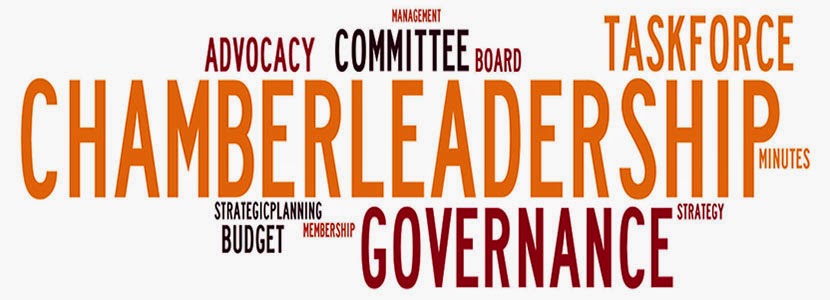- Homework - work with a small set of your volunteers to gather important information on your organization (i.e., revenue, evaluations, etc. on what programs your member’s value). The more data points you have on your chamber, the better. It’s important to have good data so your board can make good decisions!
- Set the Agenda - work with your chairman and incoming chairman to set the agenda. Outline what questions you want answered by your volunteer leaders and work it into the agenda. The key is to have a real dialogue on the important issues your board has identified for further discussion.
- The Retreat - I personally like using a version of storyboarding in finalizing the priorities of the board, which includes input from every board member.
But first, set the stage (3rd party person to facilitate the retreat process is fine – it could be a chamber exec from a neighboring town) that way he or she will not be viewed as steering the conversation in any one direction.
- Government Affairs
- Educational Programs (be specific – annual meeting, monthly luncheon, after hours networking, etc.)
- Your Chamber Leadership Program
- Etc.
Let’s pick Government Affairs for our first review. Once you’ve broken into groups of six, ask each group to come up with three to five things the chamber should focus its resources on within Government Affairs. Each group should identify a spokesperson to discuss the group’s statements on what the chamber should be engaged in, as it relates to Government Affairs and then those statements are posted on the wall with a 5x7 index card.
- The chamber should be engaged in advocating at the local, state and federal level on behalf of our business members (could be one, two or all three).
- The chamber should create a PAC.
- The chamber should endorse local, state and federal candidates.
- The chamber should conduct quarterly candidate forums.
- The chamber should create a separate grassroots website/database.
- The chamber should work closely with the state chamber on issues affecting our business members.
- The chamber should create a weekly/monthly GR newsletter that is sent to the entire membership.
- Conduct a legislative fly-in at the state capitol or Washington, D.C.
Once all the 5x7 index cards are on the wall, now it’s time to ask each board member to take their colored dots (if you want the top three priorities – you give each board member three dots) and tell them to put a dot next to the initiative they feel are the most important. Once they’ve posted their dots on their top priorities, they sit down. Once the entire board votes (with dots) you’ve got your results.

